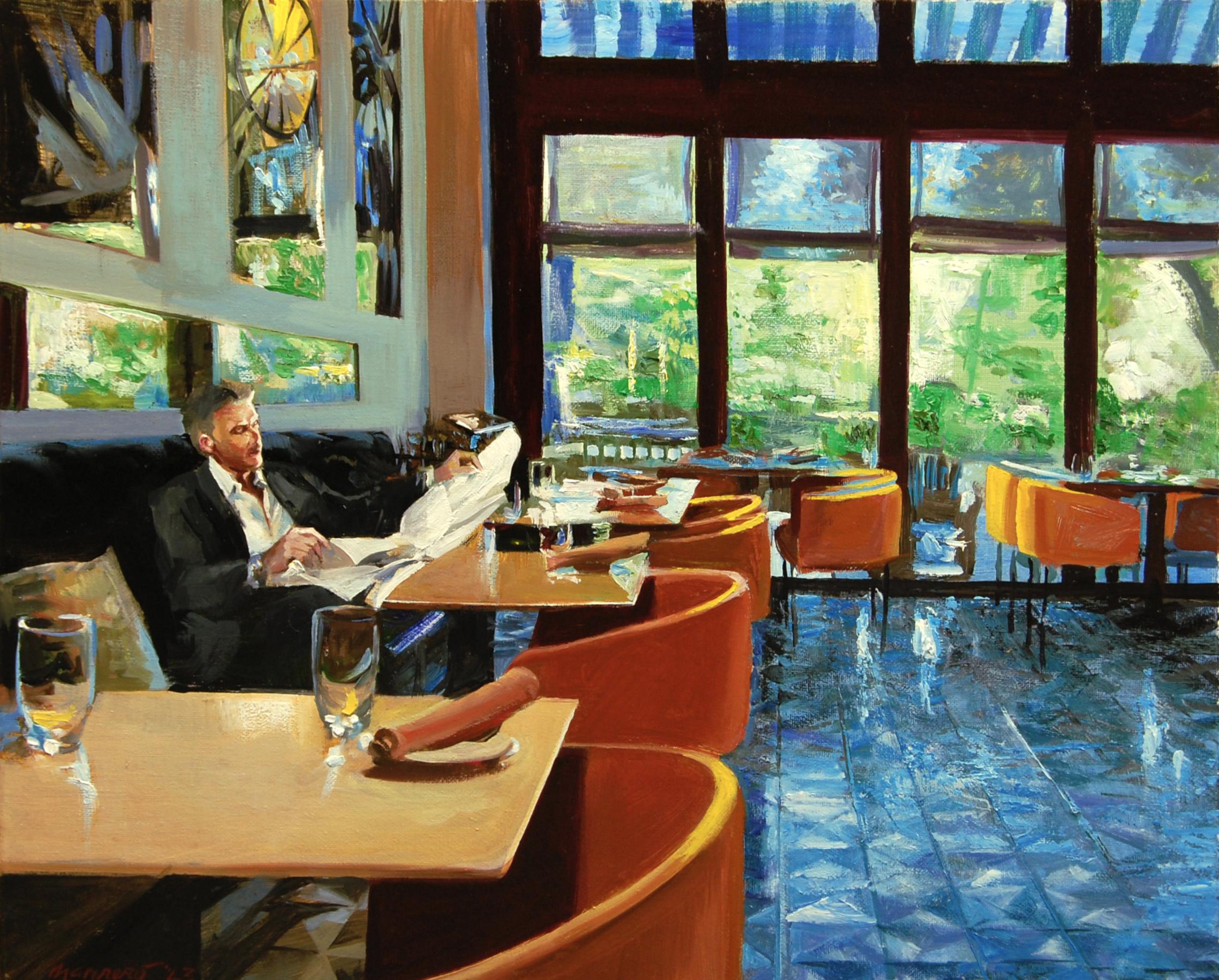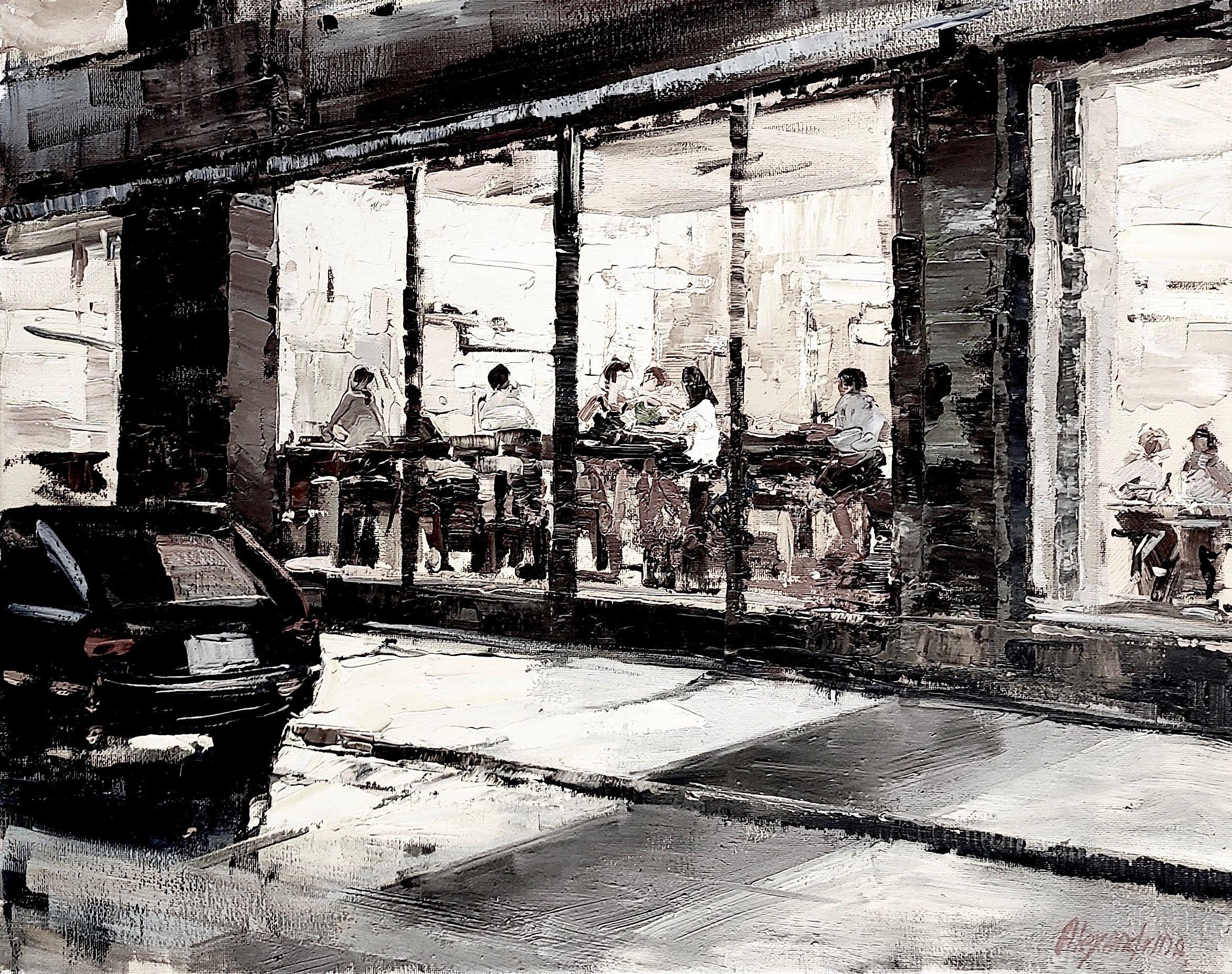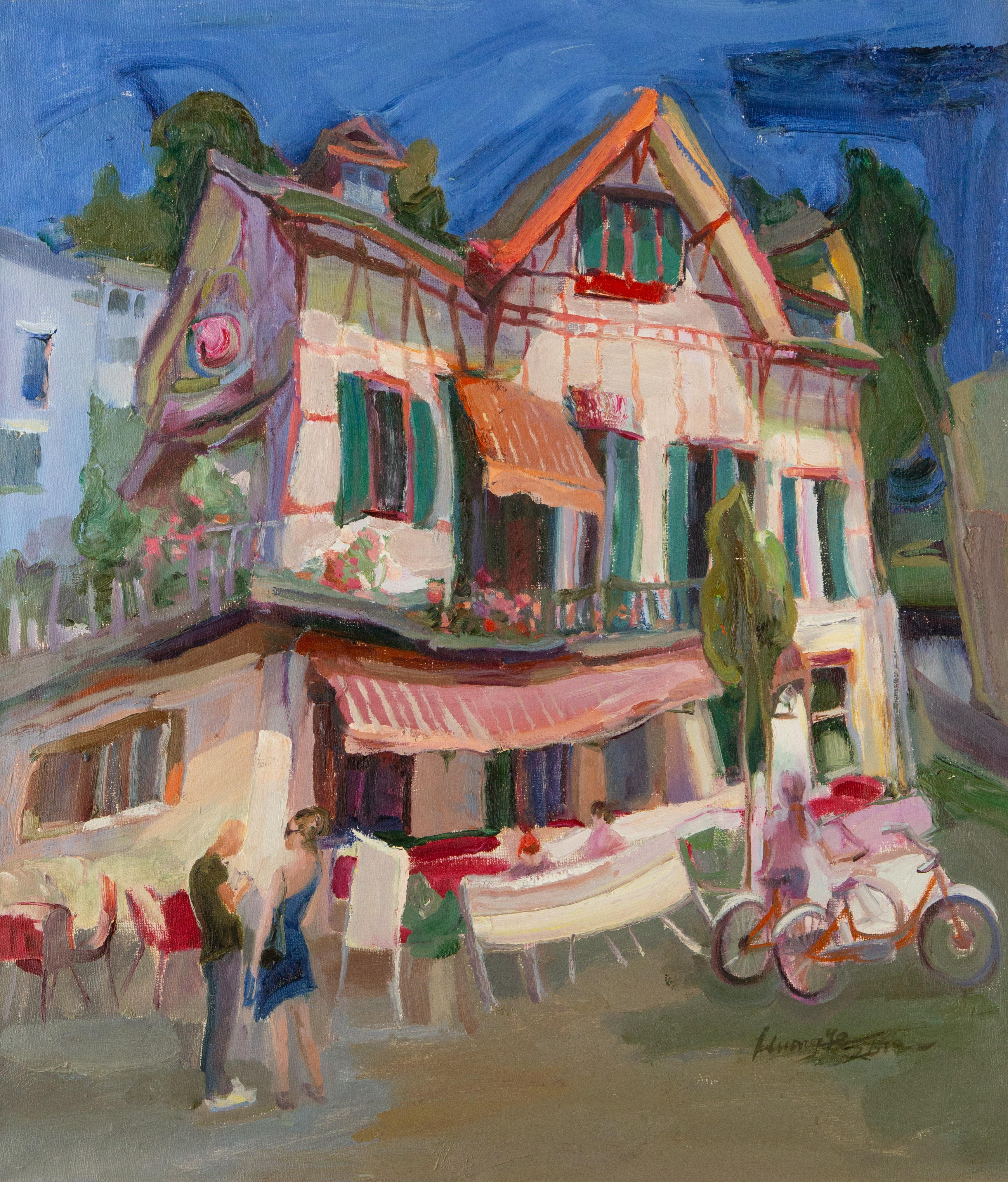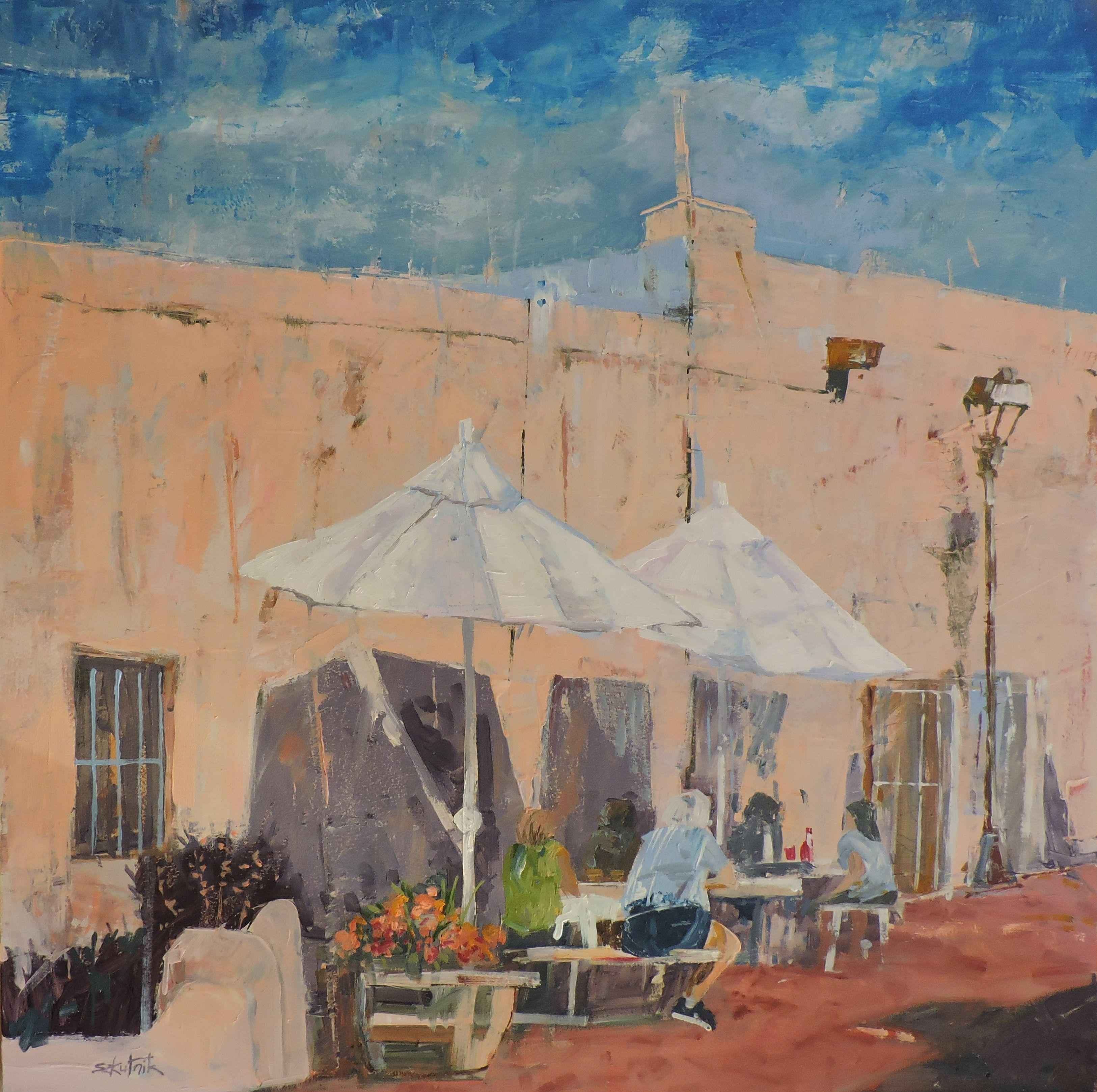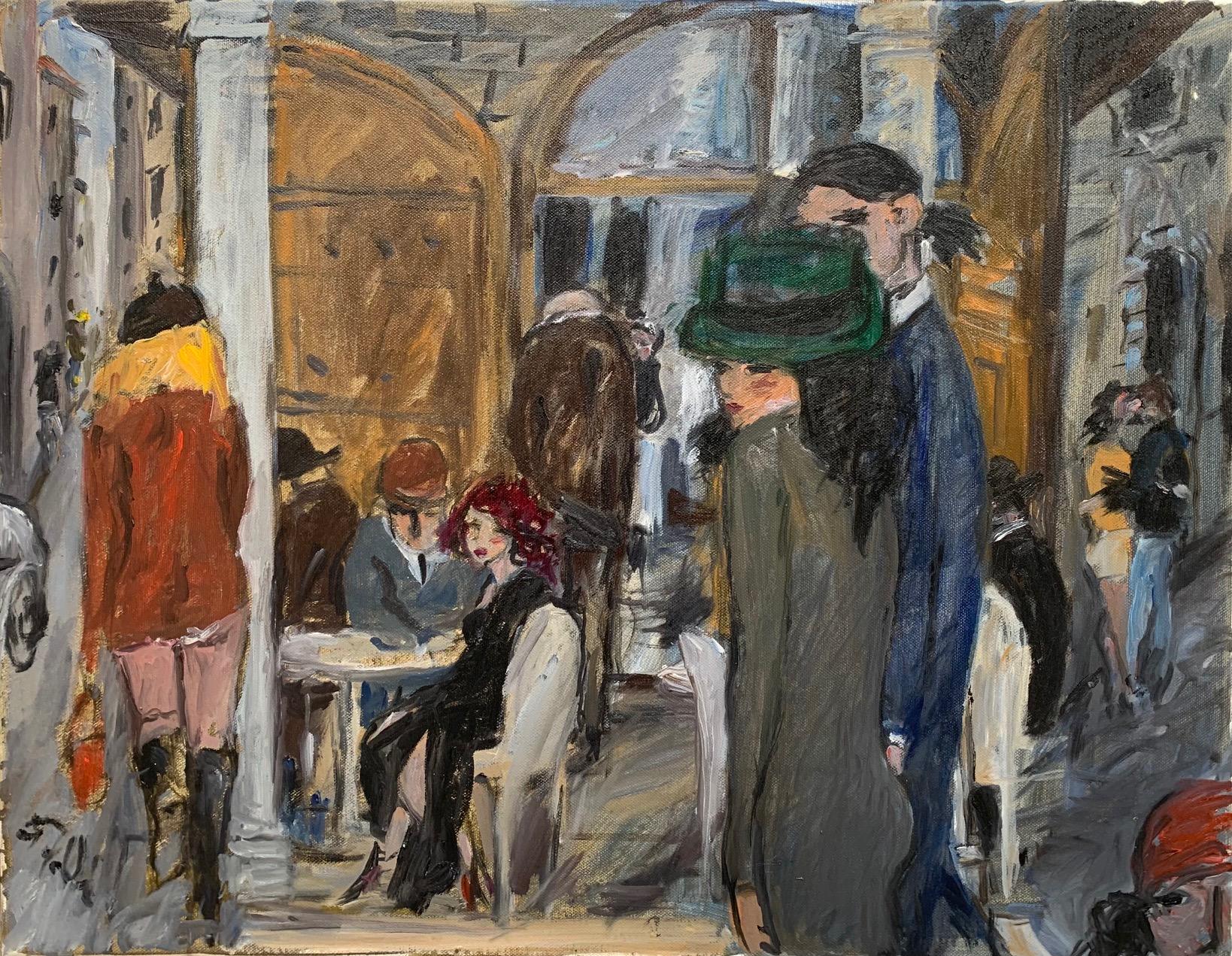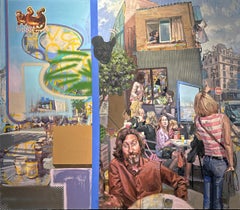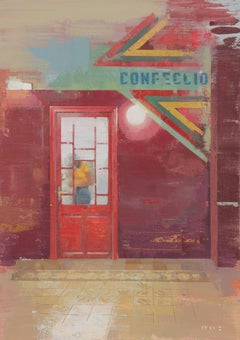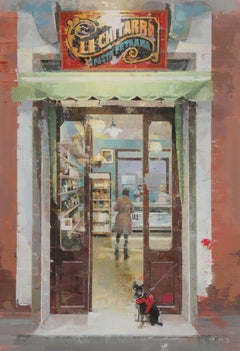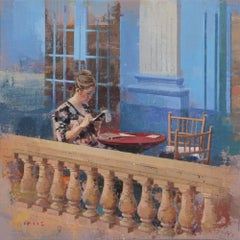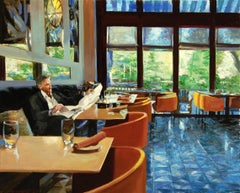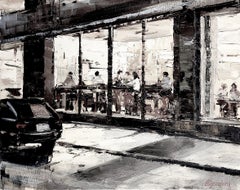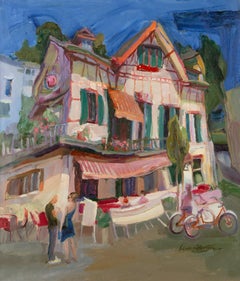Keiko OgawaCong Caphe - Interior Cafe scene, oil and acrylic on canvas2018
2018
About the Item
- Creator:Keiko Ogawa (1974)
- Creation Year:2018
- Dimensions:Height: 36 in (91.44 cm)Width: 36 in (91.44 cm)
- Medium:
- Movement & Style:
- Period:
- Condition:
- Gallery Location:Chicago, IL
- Reference Number:Seller: KEO0021stDibs: LU55433826841
- ShippingRetrieving quote...Shipping from: Chicago, IL
- Return Policy
More From This Seller
View All21st Century and Contemporary Contemporary Figurative Paintings
Oil, Canvas
21st Century and Contemporary Contemporary Landscape Paintings
Oil, Acrylic, Canvas
21st Century and Contemporary Contemporary Landscape Paintings
Acrylic, Oil, Canvas
21st Century and Contemporary Contemporary Figurative Paintings
Canvas, Acrylic
21st Century and Contemporary Contemporary Figurative Paintings
Canvas, Acrylic
21st Century and Contemporary Contemporary Figurative Paintings
Archival Ink, Mixed Media
You May Also Like
Early 2000s Contemporary Figurative Paintings
Canvas, Oil
Artist Comments
In his distinct style of impressionism, artist Onelio Marrero displays a man in a suit reading the news as he sits by an empty dining hall. He bases the piece on sketches of a Back Bay, Boston restaurant named Bistro du Midi. He creates a narrative of an imaginary proprietor perusing a newspaper before the establishment opens and the clients fill the place. Onelio gives the viewer a sense of the décor and light streaming through the windows - beyond it, a hint of the Boston Public Garden.
About the Artist
Artist Onelio Marrero paints impressionist city scenes of everyday life. He captures the romanticism of New York City, from the picturesque fountains in Central Park to a glistening city street on a rainy afternoon. He creates a sense of nostalgia and intimacy with his work, offering the feeling that you have visited this particular scene before. “Each play of light, each texture, and each movement of a figure can have a captivating effect on me,†says Onelio. He studied at The Cooper Union for the Advancement of Science and Art where he mastered discerning color and values, giving his work a more spontaneous appearance. Onelio’s work is an appreciation for beauty in all of its greatest forms; nature, art, and people.
Words that describe this painting: restaurant, newspaper, bistro, cafe, table, Boston, Public Garden, Boston Common...
21st Century and Contemporary Abstract Impressionist Interior Paintings
Oil
2010s Contemporary Paintings
Oil
21st Century and Contemporary Contemporary Landscape Paintings
Canvas, Oil
21st Century and Contemporary Impressionist Paintings
Oil
2010s Contemporary Figurative Paintings
Canvas, Oil
